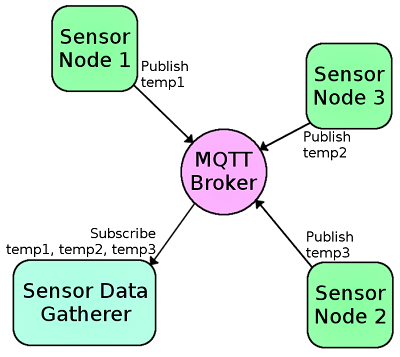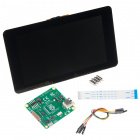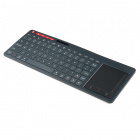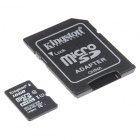Introduction to MQTT
Introduction
In this tutorial, you'll learn everything you need to know about the MQTT messaging protocol, why you would want to use it, and how it's implemented. In a nutshell, MQTT uses your existing Internet home network to send messages to your IoT devices and respond to those messages.
Brief History
MQTT (Message Queuing Telemetry Transport) is a publish/subscribe messaging protocol that works on top of the TCP/IP protocol. The first version of the protocol was developed by Andy Stanford-Clark of IBM and Arlen Nipper of Cirrus Link in 1999. What makes MQTT faster than say sending HTTP requests with your IoT device is MQTT messages can be as small as 2 bytes, whereas HTTP requires headers which contains a lot of information that other devices might not care about. Also, if you have multiple devices waiting for a request with HTTP, you'll need to send a POST action to each client. With MQTT, when a server receives information from one client, it will automatically distribute that information to each of the interested clients.
Required Materials
To follow along with the example in this tutorial, you will need the following pieces of hardware. You may not need everything though depending on what you have. Add it to your cart, read through the guide, and adjust the cart as necessary.
Optional Materials
Depending on your setup, you may also need the following.
Suggested Reading
If you aren't familiar with the following concepts, we recommend checking out these tutorials before continuing.




